OK, so it’s a bilateral capsule joint that could be scanned unilaterally, or with a wide field of view that makes you responsible for reading any findings within a force field of (insert magnet bore size here). No problem, right? You would think there would be a finite list of pathologies for the hip joint. Even if that were true, you’ve still got those “film edge” (or worse, pitfall) findings in the spine, hip, thigh, abdomen and pelvis. We know how it is, because we deal with it every day too.
Fairly straightforward appearances of AVN or transient osteoporosis or trochanteric bursitis could belie a minefield of other findings you wish you’d called before the referrer called you. Proximity to so much additional anatomy and the strategic position of the hip at the juncture of the femoral connection to the extremities almost makes these scans a “2-for-1”…doubling the pressure on the reader.
Fear not, for you too can conquer the acetabular labrum and its neighbors. Our Hip MRI Mastery series includes both a realistic overview and case-based specifics that shares the process for effective hip joint evaluation while never forgetting that radiologists have to report on any findings that appear on our monitors. So we spend time on the “greatest hits” like cam vs pincer impingement and ligament, tendon and muscle tears, without neglecting the occasional sacral fracture, ovarian mass or prostatic hypertrophy. We have legacy series (Case Review, Professional and Advanced Orthopaedic and Joint) with both didactic and case review resource material, and our “Power Packs” provide a bolus of case volume (along with some good ol’ CME) to increase your hip reading confidence and buff up your MSK MR resume.
Hip MRI Anatomy & Diagnoses Covered in this Course
- Acetabular Labral Injuries
- Athletic pubalgia
- Avascular necrosis (AVN)
- Cam impingement
- Femoroacetabular impingement (FAI)
- Labral Tears
- Legg-Calvé-Perthes disease (LCPD)
- Osteitis pubis
- Pincer impingement
- Piriformis muscle syndrome
- Rectus abdominis
- Rectus femoris
- Slipped capital femoral epiphysis (SCFE)
- Snapping tendon syndrome
- And much more…
Introduction: Welcome to Acetabular Labral Injuries – 2 min
Interesting Case: Labral Pathology in a High Performance Athlete – 10 min
Protocols and Sequences: The Axial Hip – 10 min
Protocols and Sequences: The Coronal Hip – 5 min
Protocols and Sequences: The Sagittal Hip – 6 min
Protocols and Sequences: When to Consider Contrast – 5 min
Protocols and Sequences: Translating the Radiographic Measurements in the Hip – 7 min
Staging for Hip and Labral Pathology – 5 min
MRI Anatomy Review: A Look at the Acetabular Anatomy in the Axial Plane – 4 min
Anatomy Review: A Look at the Acetabular Anatomy in the Sagittal Plane – 5 min
MRI Anatomy Review: A Look at the Acetabular Anatomy in the Sagittal Plane – 4 min
Anatomy Review: A Look at the Acetabular Anatomy in the Coronal Plane – 5 min
MRI Anatomy Review: A Look at the Acetabular Anatomy in the Coronal Plane – 4 min
The Magnified Labrum: Components, Variations and Injuries Part I – 7 min
The Magnified Labrum: Components, Variations and Injuries Part II – 5 min
The Magnified Labrum: Components, Variations and Injuries Part III – 6 min
Case Review: Personal Trainer with Concern of Iliofemoral Ligament Injury Part 1 – 6 min
Case Review: Personal Trainer with Concern of Iliofemoral Ligament Injury Part 2 – 3 min
Case Review: Patient with Bilateral Hip Pain and Grinding – 7 min
Case Review: 42 Year Old Female with Prior Labral Repair – 5 min
Case Review: Protocol Meets Pathology – 9 min
Case Review: 15 Year Old Female with Excellent Variants – 4 min
Case Review: 43 Year Old Male with CAM Impingement Like Symptoms – 4 min
Case Review: 76 Year Old Male with Severe Hip Pain – 4 min

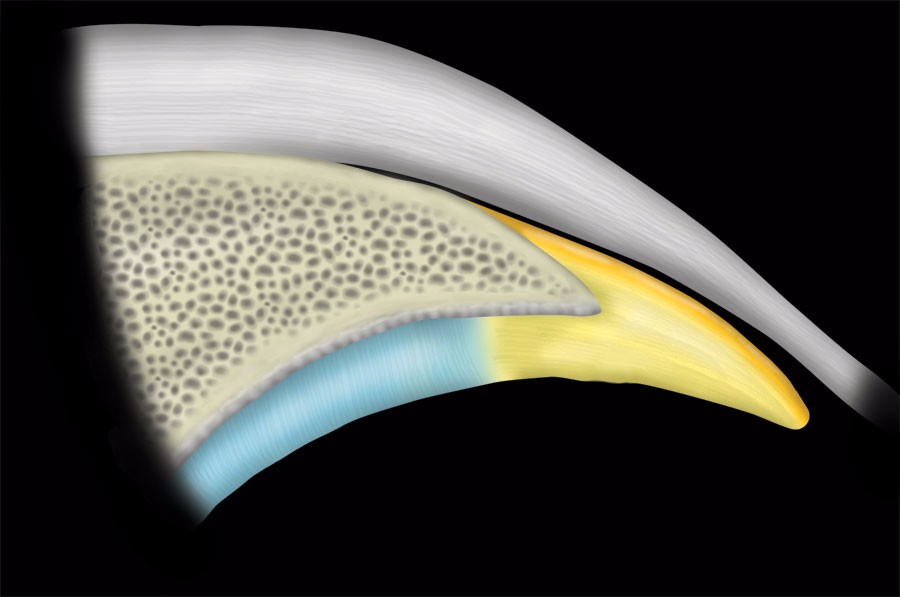
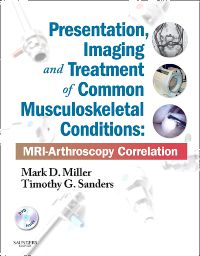
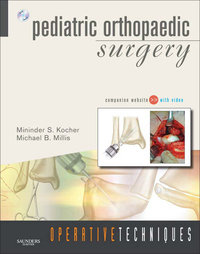

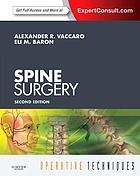
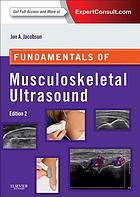
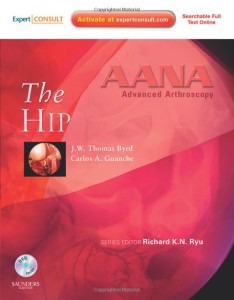

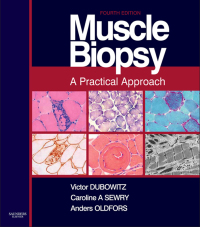
Reviews
There are no reviews yet.